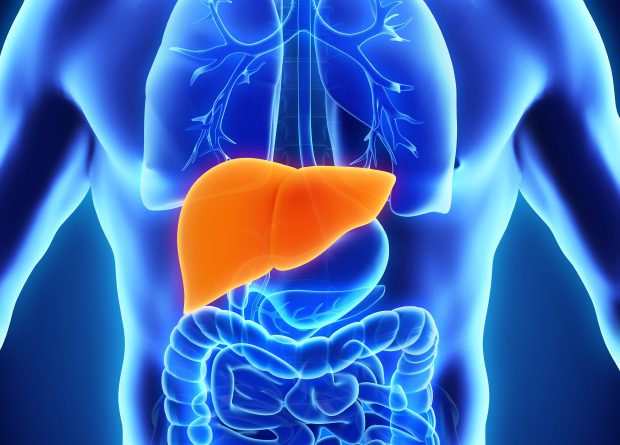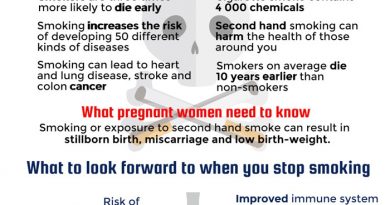World Hepatitis Day: Majority of those affected are unaware
Today, 28 July, is World Hepatitis Day. While hepatitis affects millions of people worldwide, majority of those affected do not know they have the disease.
According to the World Health Organization (WHO), viral hepatitis affects 400-million people worldwide. 95% of people however, do not know that they are infected. The theme this year is
‘Elimination’ with specific reference to viral hepatitis. The goal is to eradicate viral hepatitis worldwide by 2030. ER24 urges the public to educate themselves about the disease.
Hepatitis is a disease that results in the inflammation of the liver. Causes include viruses, bacteria, parasites as well as toxins and autoimmune diseases (the person’s immune system attacks its own body).
“Viral hepatitis is however, the most common cause by far. Viral hepatitis is caused by a number of different viruses – Hepatitis A, B, C as well as D and E,” said Dr Vernon Wessels, from ER24.
Hepatitis infection may present with little or no symptoms or the person may suffer from nausea and vomiting, abdominal pain, tiredness, jaundice (yellow tinge of the skin) and dark urine. In severe cases, this can progress to coma and death.
Dr Wessels provided the following details to help the public better understand the disease, risk factors and possible effects:
• Hepatitis B, C and D is commonly transmitted through contaminated needles and instruments, sexual contact, blood and body fluids as well as from mother to baby. Blood products can also transmit the disease if it has not been tested for the viruses. In South Africa, blood products are tested for these infections and therefore, transmission through this route is unlikely. Healthcare workers however, do get exposed to the blood and body fluids of patients and therefore, are at risk of developing hepatitis if not immunised. Hepatitis B, C, D can cause acute (short duration) hepatitis. The person may recover from the initial infection and become a chronic carrier of the infection. These viruses can also result in chronic (long-term) hepatitis. Risks include permanent damage to the liver such as liver cirrhosis, liver cancer and liver failure. Hepatitis B, C and D can be avoided by ensuring safe sexual practices (as for HIV), immunisation and safe handling of contaminated medical instruments, needles and waste.
• Hepatitis A and E are usually acquired through consumption of contaminated food or water and is prevalent in areas where poor sanitation exists. These infections tend to only cause acute infection and after recovery, the person is immune to further infection however, some individuals may develop a serious life-threatening infection. Hepatitis A and E can be prevented by ensuring good hygiene practices like proper hand washing and washing and cooking of food. Avoid food and water sources contaminated by faeces. Also ensure you are immunised against the disease.
Treatment is available for viral hepatitis to limit the impact of infection and manage the long-term complications. Visit your medical practitioner if you have concerns.
For further information on hepatitis and this year’s campaign, visit http://www.who.int/campaigns/hepatitis-day/2016/en/




